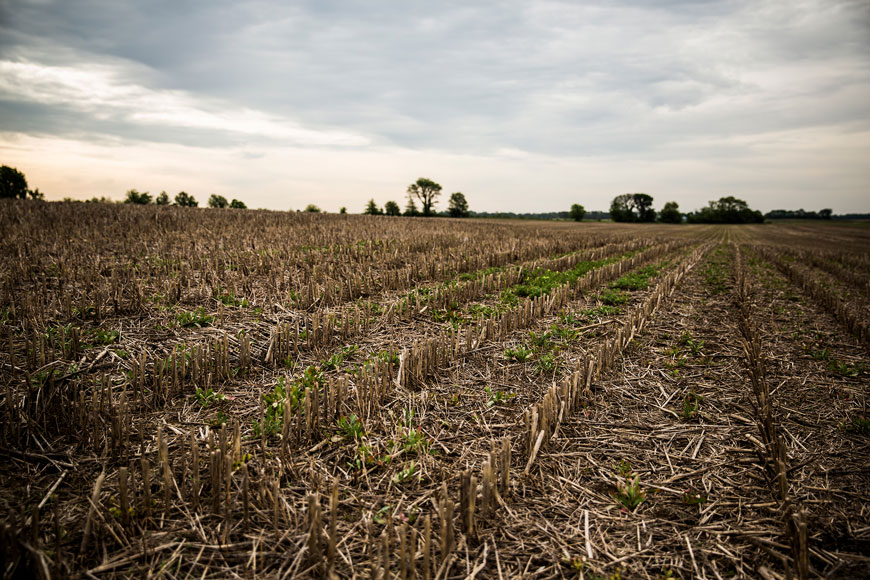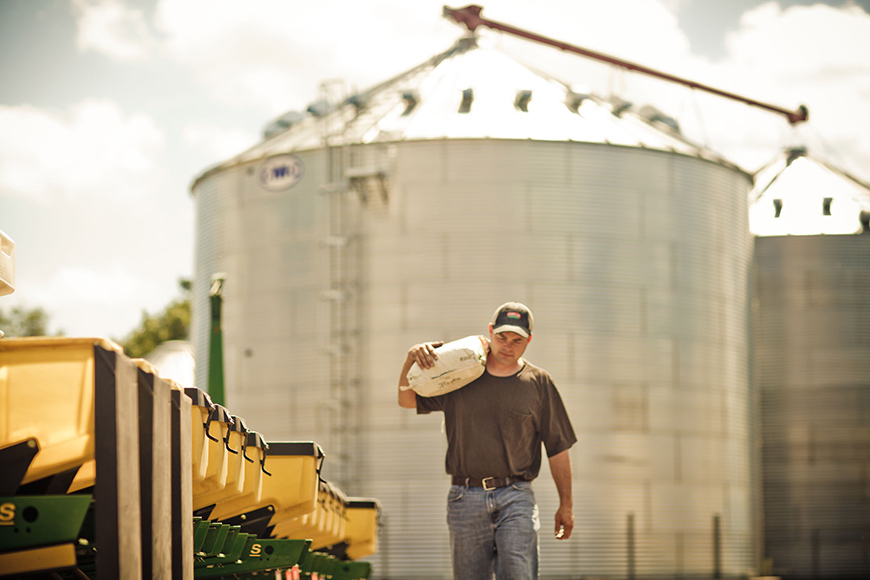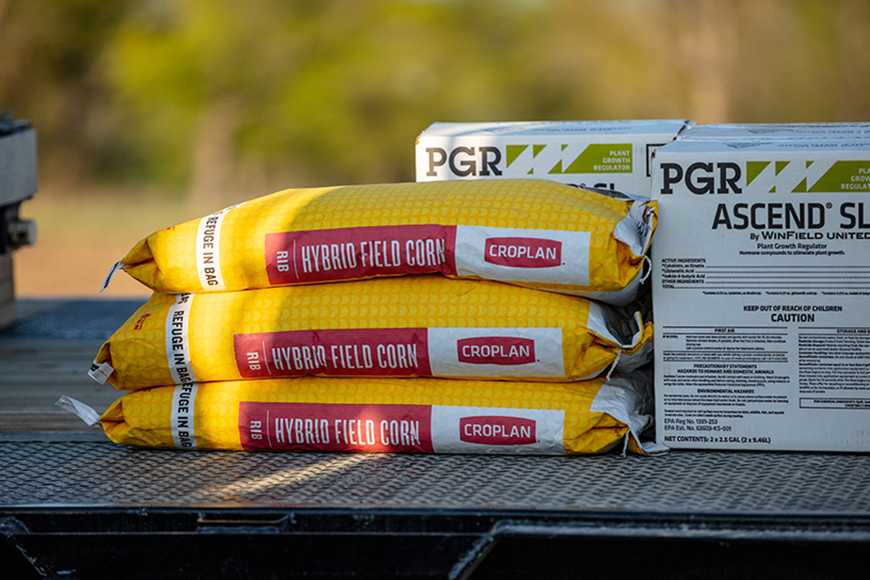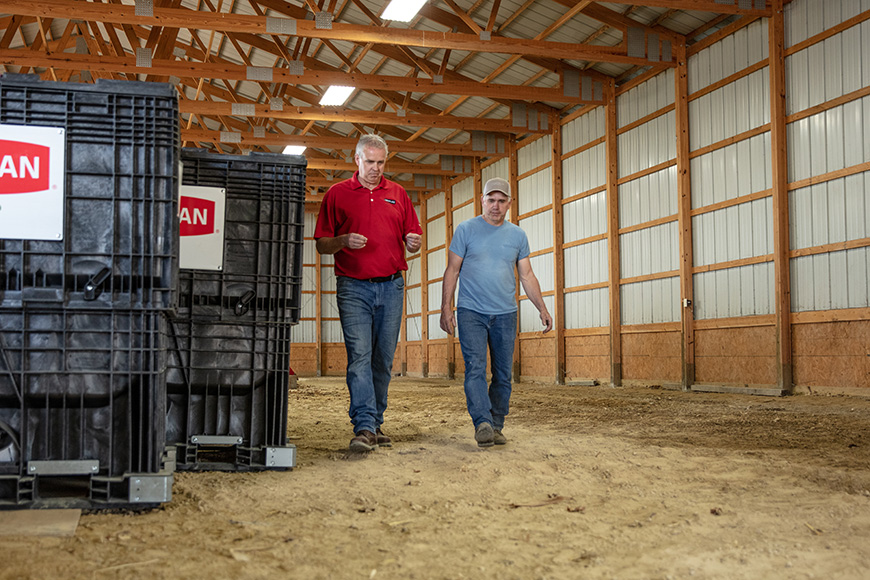Agronomic Considerations for Prevent Plant Acres

In 2019, a record number of acres were declared prevent plant because of an unusually rainy spring and summer in many areas of the United States. In 2020, farmers are weighing the options of returning at least some of those acres to production. What agronomic factors could affect that choice? Here are some things to consider in your decision-making.
1. Ensure an optimal seedbed.
The goal before planting a crop is to create a quality seedbed. This can require more patience when seeding into prevent plant acres because they tend to be wetter than acres coming out of production. Avoid the temptation to start tilling a prevent plant field too soon. If a field is tilled when the soil is too wet, there is an increased risk of creating compaction zones that can inhibit root growth and reduce yield. If a field is planted when the soil is too wet, there is an increased risk for sidewall compaction (or smearing), which can reduce root growth.
Being patient and waiting a couple of extra days for the field to dry can have a positive effect on yield potential at the end of the season. Here’s a video with more information about how to determine if a field is fit for planting.
2. Effectively control weeds on prevent plant acres.
With our wet fall, many prevent plant fields potentially didn’t have effective fall weed control. This will need to be managed in the spring. While tillage is one good way to control weeds, it may not do an effective job on the perennial and winter annual weeds that are likely present. A spring burndown herbicide application to eliminate existing weeds would be necessary. Furthermore, it is strongly advised to use herbicide program that provides residual control. If a winter annual cover crop was used last year on prevent plant acres, you’ll probably need to use a nonselective herbicide such as Cornerstone® Plus, tank-mixed with a layby residual product and the appropriate adjuvant, to help terminate that crop.
3. Manage the crop you choose to plant.
If you want to plant corn, the likelihood of having fallow syndrome is high, especially if you did not plant a cover crop in that prevent plant field last year. Fallow syndrome describes the phosphorus deficiency caused by lack of mycorrhizal fungi in the soil, which can result in stunted, purplish corn this spring. To combat this, band in a phosphorus starter fertilizer close to the seed at planting at an appropriate rate to promote early-season phosphorus uptake.
Soybeans typically don’t show the effects of fallow syndrome. However, if ponded water was present for long periods on the prevent plant field it’s a good idea to inoculate soybeans, since sitting water reduces the number of native rhizobia species — the bacteria necessary for soybeans to form nodules — in the soil.
4. Choose the right seed.
Match your corn hybrid or soybean variety to your field challenges and productivity potential. For example, in corn, wet soils can increase the chances for nitrogen loss and also make it more difficult to get into the field to make applications of nitrogen fertilizer. In this case, choosing a hybrid with a moderate to low response-to-nitrogen (RTN) score would make sense. In soybeans, wet soils may increase the chances of diseases such as phytophthora root rot, so choose a variety with a strong phytophthora tolerance and resistance package.
Of course, other crops can be planted on prevent plant acres, depending on your farm plan and productivity goals. Talk with your agronomist or trusted advisor about what makes the most sense for your prevent plant acres in terms of spring preparation and season-long management strategies.
All photos are either the property of WinField United or used with permission.
Important: Before use always read and follow label instructions. Crop performance is dependent on several factors many of which are beyond the control of WinField United, including without limitation, soil type, pest pressures, agronomic practices, and weather conditions. Growers are encouraged to consider data from multiple locations, over multiple years, and be mindful of how such agronomic conditions could impact results.
© 2020 WinField United. Cornerstone® and WinField® are trademarks of WinField United.





